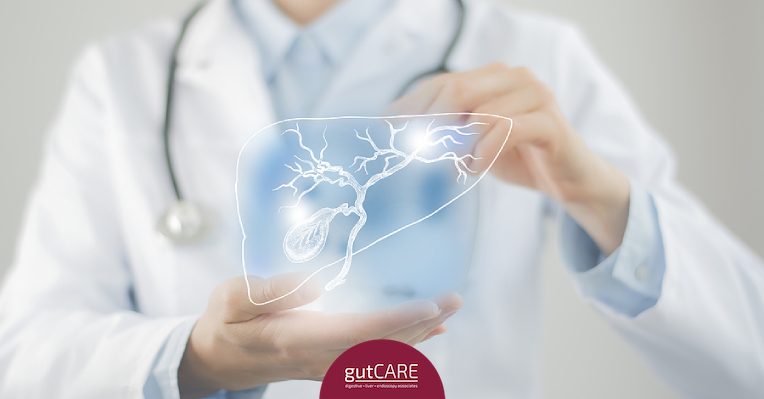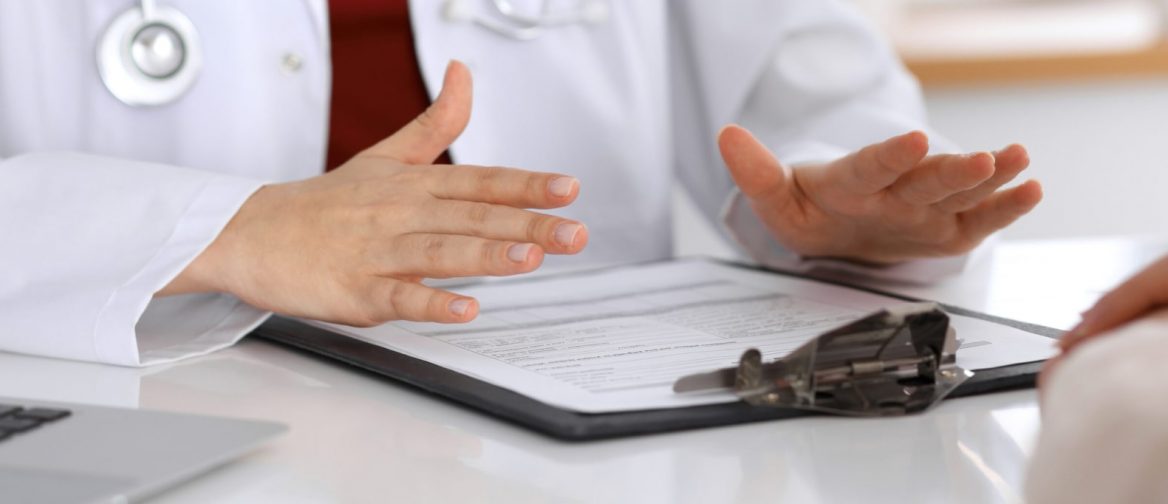Fundamental Guide To Understanding Bile Duct Obstruction

Bile duct obstruction refers to the blockage occurring within the biliary tree. Bile ducts are tubes that carry bile fluid manufactured by the liver and stored by gallbladder to the duodenum for the digestion of food and fat specifically. After a meal, the body sends a signal to the gallbladder to contract and release stored bile (within the gallbladder). Bile also helps to flush the liver of any waste products.
Bile duct obstruction restricts the flow of bile fluid and leads to bile stasis. This can predispose to infection within the bile ducts known as cholangitis which can be life-threatening. Fortunately, most causes of bile duct obstruction can be treated.
Types of bile ducts
The two fundamental types of bile ducts found in the liver are:
- Intrahepatic:They are a system of smaller tubes in the liver that help collect and transport bile manufactured by the liver cells out of the liver.
- Extrahepatic: The intrahepatic ducts drain into the larger extrahepatic ducts that eventually unite to form the common hepatic duct. The common hepatic duct then connects with the main pancreatic duct and empties into the small intestine(duodenum) at the ampulla of vater.
There are other bile ducts, such as the cystic duct, which connects to the common hepatic duct from the gallbladder.
Causes of biliary duct obstruction
Several factors involving the bile ducts, pancreas, liver, and gallbladder may cause a biliary duct obstruction, such as:
- Bile duct inflammation
- Biliary stricture, or the narrowing of the biliary duct
- Gallbladder Inflammation
- Gallbladder stones
- Parasites
- Tumours formed in the bile ducts, gallbladder, liver, pancreas
- Cirrhosis, or the scarring of the liver
Risk factors for bile duct obstruction
The risk factors for bile duct obstruction include:
- Medical history of having gallstones
- Chronic pancreatitis
- Obesity
- Caroli disease, a rare liver disorder resulting in the widening of intrahepatic ducts, causing stones to develop
- Oriental cholangiohepatitis
- Choledochal cysts
Symptoms of bile duct obstruction
Some of the common symptoms individuals with bile duct obstruction experience include:
- Dark urine
- Upper right abdominal pain
- Vomiting
- Itching
- Discoloured or pale stools
- Jaundice
- Nausea
- Sudden weight loss
Diagnosis and tests
Your gastroenterologist might recommend some of the following diagnostic tests:
- Ultrasonography: Ultrasound is an initial test that will allow the gastroenterologist to be able to get a better view of the exact cause.
- Magnetic Resonance Retrograde Cholangiography (MRCP): MRI/MRCP is a more detailed scan that may allow greater clarity in identifying gallstones, strictures and cancer.
- Blood test:It usually comprises a liver function and complete blood count test that indicates an obstructed bile flow:
- Increased level of white blood cells signifying an occurrence of inflammation
- Increased levels of conjugated bilirubin, a by-product from the liver
- Increased levels of liver blood chemistries
- HIDA scan: Also known as a hepatobiliary iminodiacetic acid scan, it uses radioactive materials to provide the gastroenterologist with information regarding the gallbladder.
- Endoscopic ultrasound (EUS): EUS is an endoscopic procedure performed under anaesthesia which allows ultrasound evaluation of the bile ducts gallbladder and pancreas in close proximity to the organs as the endoscope is passed in the 2nd part of the duodenum. EUS allows the gastroenterologist to also take biopsy samples if needed.
Treatment for bile duct obstruction
Treatment of bile duct obstruction depends on the cause but often involves:
Endoscopic Retrograde Cholangio-pancreatography (ERCP): An ERCP is an endoscopic procedure that allows your gastroenterologist to remove gallstones that have fallen out of the gallbladder and got lodged in the bile ducts. An ERCP can also be used to insert stents into the bile ducts to relieve the bile duct obstruction and also take biopsy samples from the lining of the bile ducts. Your gastroenterologist may also suggest a cholecystectomy which involves a surgical removal of the gallbladder to prevent further gallstones from falling into and blocking the bile ducts in the future.
Percutaneous Transhepatic Cholangiography (PTC): In the event that ERCP is not technically possible, a PTC may be used to relieve bile duct obstruction.
Surgery: In certain cases, such as cancer, surgery may be needed to resect the affected bile ducts and alleviate the obstruction.
Conclusion
To reduce the risk of the most common cause of bile duct obstruction, gallstones, moderate your daily intake of saturated fats, carbohydrate as they are associated with an increase in the risk of gallstone formation.
We recommend anyone go for a regular gut-health check in order to detect any gut-related condition early. GUTCARE specializes in gastroenterologycare.
Contact us to make an appointment today at https://www.gutcare.com.sg/contact-us/

HAVE AN ENQUIRY?
You may also send in an enquiry via our online form if you have questions pertaining to your visit or consultation.

FIND OUT MORE ABOUT OUR DOCTORS
Unsure of which doctor to speak to? Take a look at our doctors’ profile to find out more.




